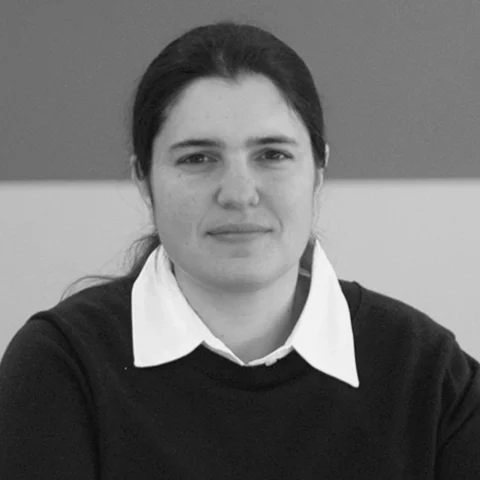Associate Professor; MIT

Heather Kulik, Ph.D., is an Associate Professor at the Massachusetts Institute of Technology where her research involves quantum chemistry and machine learning applied to catalysis, transition-metal chemistry, atomistic simulations and enzymes, with a focus on atom-by-atom design of molecules from first-principles. The Kulik group uses first-principles modeling (i.e., quantum mechanics) to unearth fundamental aspects of structure-property relationships in biological enzymes and emerging heterogeneous single-atom catalysts. This approach enables the prediction of new properties, the exploration of million-compound design spaces and the identification of design rules and exceptions that go beyond intuition.
Dr. Kulik’s honors and awards include the Journal of Physical Chemistry and PHYS Division Lectureship Award, National Science Foundation CAREER Award, Marion Milligan Mason Award, DARPA Young Faculty Award, ONR Young Investigator Award, ACS OpenEye Outstanding Junior Faculty Award, I&ECR, Class of 2017 Influential Researcher, Burroughs Wellcome Fund Career Award at the Scientific Interface, National Science Foundation Graduate Fellow, William C. and Esther Hoffman Beller Prize for Excellence in Chemical Engineering and U.S. Presidential Scholar.
Dr. Kulik earned a bachelor of engineering degree in chemical engineering from the Cooper Union in New York, a Ph.D. in materials science and engineering from Massachusetts Institute of Technology in Cambridge, Massachusetts, and was a postdoctoral fellow at Lawrence Livermore National Laboratory in Livermore, California and at Stanford University in Stanford, California.
Open Science Contributions
Learn more about some of Heather’s open science contributions:
- molSimplify automated, first-principles screening and discovery of new inorganic molecules and intermolecular complexes
- MOFSimplify metal-organic framework property prediction and community engagement
- MultirefPredict automated workflow to predict multireference character of molecules in quantum chemistry calculation